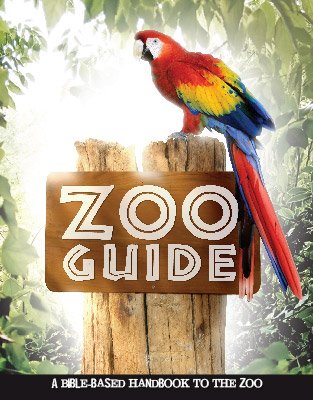North American Elk
James St. John, CC BY 2.0 https://creativecommons.org/licenses/by/2.0, via Wikimedia Commons
Design

When a buck grows new antlers for the year, these antlers are very sensitive and somewhat soft. However, they are protected by a layer of skin called “velvet” that the buck removes just before mating season begins by rubbing his antlers on trees. How did the elk know to rub this layer of skin from his antlers? This instinct was given to the elk by its Creator God.
Features
- The North American elk is usually a shade of brown with darker shading on its neck, belly, head, and legs.
- It also has a dark, shaggy mane hanging from its neck to its chest.
Fun Facts
- The number of tines on the elk’s antlers does not necessarily give the age of the elk because some bucks have antlers that are uneven (three on one side and four on the other). Also, the number of tines can actually decrease with age.
- This species also occurs in Siberia. It is the second largest species of deer in the world.
- Male elk are called bulls and females are called cows.
- This species is often called “wapiti,” which is a Shawnee word meaning “white rump.”
Created Kind Members
Deer, reindeer, moose
CLASS: Mammalia (mammal)
ORDER: Artiodactyla (even-toed hooves)
FAMILY: Cervidae (deer kind)
GENUS/SPECIES: Cervus canadensis
Size: 5–9 ft (1.6–2.7 m) tall
Weight: 375–1,100 lbs (170–500 kg)
Original Diet: Plants
Present Diet: Plants
Habitat: Grasslands and open forests of North America and Siberia
Zoo Guide
Make your next visit to the zoo more than just fun—make it factual and fascinating too! You could even start a personal “creation zoo tours” ministry. Featuring more than 100 animals, our long-awaited Zoo Guide includes beautiful pictures and explores the amazing facts and design features that point to our awesome Creator. Excellent gift for any one who loves animals!
Browse Kids Book- © 2024 Answers in Genesis
- Privacy Policy
- Contact
- About

